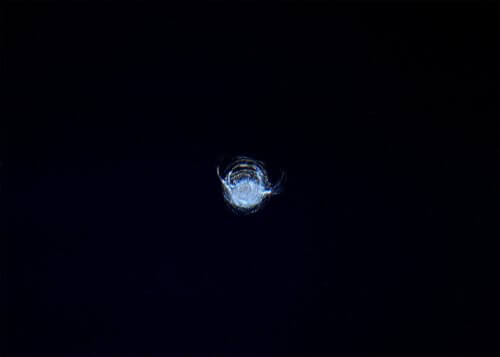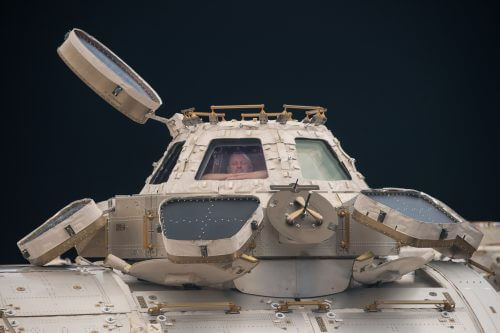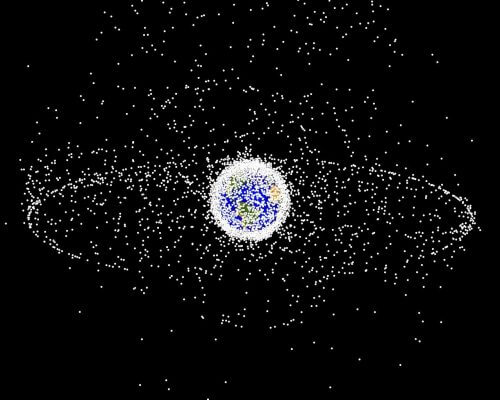British astronaut Tim Peake photographed a 7 millimeter crack in the observation window of the International Space Station. The European Space Agency clarifies that there is no danger due to the multi-layered shielding of the glass, but warns against the problem of space debris that could cause more serious incidents.

In the 2013 film "Gravity", a catastrophic event of space debris hitting the US space shuttle led to a never-ending chain of disasters in space. This time, luckily, it's just a small crack.
The crack was photographed by the British astronaut Tim Peake in one of the windows of the "Cupola" observation unit built by the European Space Agency and connected to the International Space Station in 2010. The diameter of the small crack is only 7 millimeters, and the European Space Agency clarified that it does not pose a danger to the station or the crew of astronauts staying there, due to the multi-layered shielding of the windows in the observation unit.
Tim Peek uploaded the photo toHis Twitter page And he wrote: "I am often asked if the International Space Station is damaged by space debris. Yes - it's the small crack in one of the cupola windows, glad it's four-layer glazing!"

According to the European Space Agency, the small particle responsible for the crack should have been a few thousandths of a millimeter in size. Despite the tiny size of the particle, the agency emphasized the great danger that space debris particles can pose: "While a crack like this may be minor, larger particles can pose a serious threat. An object as small as one centimeter may disable a critical instrument or flight system on a satellite. Anything over one centimeter can penetrate through the shielding of the station's housing units, and anything over 10 centimeters can smash a satellite or spacecraft into pieces."
The agency made it clear that it works first and foremost to prevent the formation of new space debris, as the most effective method of handling this issue.
One of the well-known events regarding space debris was a military experiment in 2007 in which China blew up one of its satellites with an anti-satellite missile. The explosion caused the formation of thousands of space debris particles and brought a lot of international criticism towards China. Another well-known case happened in 2009 when Two satellites collided in space and created many space debris particles.
See more on the subject on the "Hidan" website:
- Fractions are not simple
- Israel-USA cooperation for monitoring and preventing collisions in space was signed
- The International Space Station was diverted from its orbit to avoid colliding with space debris


2 תגובות
It is true that there is a lot of adamantium, vibranium, oro and more in space debris. Captain America, Wakanda, Black Panther, Wolverine, Iron Man, Thor, would be happy to get their hands on these metals.
Super Man, Wonder Woman and the Hulk will also want spare parts for Spider-Man and Ant-Man and Hawkeye. A great celebration. Who did I forget then? Wakanda Wakanda Wakanda Forever
The International Space Station was a stage in between, before settling on the Earth's natural satellite (the Moon). A lot of research was done on the most expensive project that man has built. And we must move on to the real thing - the Moon. It should be done in international cooperation, because the cost is enormous! As for the space debris, it is often expensive materials (fragments of satellites that include precious metals). Their recycling can return part of the collection costs